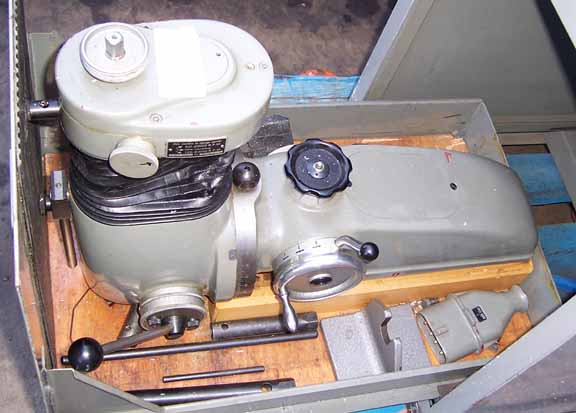New here, long time guest.
Happy owner of a Deckelfplb2,now able to buy for an acceptable price a good quality Boring head.
Looking at the specifications I wonder what advantage I get,in other words ,what can be done with a boring head,that cannot be done with the normal verticular head?
Workspectrum: miscellaneous, most boataccesoires and toolbuilding.
Thanks in advance,Piet
Happy owner of a Deckelfplb2,now able to buy for an acceptable price a good quality Boring head.
Looking at the specifications I wonder what advantage I get,in other words ,what can be done with a boring head,that cannot be done with the normal verticular head?
Workspectrum: miscellaneous, most boataccesoires and toolbuilding.
Thanks in advance,Piet





